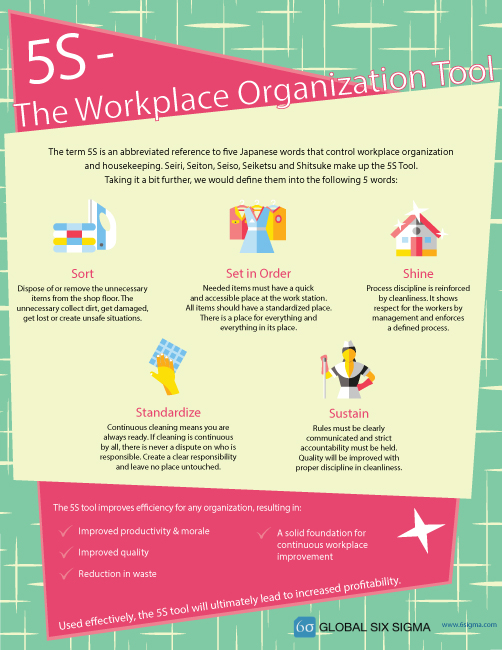
A 2015 study found that they are 12 percent more productive, while unhappy employees are 10 percent less productive. Plus, there’s an added bonus of happier employees. Regular cleaning of restrooms and other key areas in the workplace will ensure that hygiene remains at the forefront and doesn’t go unnoticed by employees and visitors. In fact, according to the 2017 Healthy Hand Washing Survey, 89 percent of Americans believe the condition of a workplace restroom is one indicator of how a company values its workforce. No one wants to work in a dirty office environment. In addition to boosting productivity, cleanliness can result in heightened overall workplace satisfaction and a stronger culture. This results in increased productivity and even higher quality work.
#EXAMPLES OF NEATNESS AND TIDINESS FREE#
Employees are more appreciative of and less distracted by working environments that are clean and free of clutter and foul smells.

By keeping the work environment clean – and therefore supporting employee health – fewer work days are lost to preventable illness. Sick days cost businesses $225.8 billion annually in the United States. For example, addressing spills and leaks quickly and keeping entrances and exits clear will improve safety, thereby reducing lost time injuries and costly lawsuits. Cleanliness can help prevent or reduce the occurrence of slips, trips, and falls in the workplace.

To reap the benefits of a clean workplace, facility managers and building service contractors (BSCs) should understand the relationship between cleanliness and employee wellness, as well as simple but effective tips for maintaining these environments.

One of them is by providing a clean and hygienic workplace, from cubicles to common areas to restrooms. Thankfully, there are ways that businesses can make a significant positive impact on the health and safety, productivity, and satisfaction of employees. The most important component of any work environment is its people.


 0 kommentar(er)
0 kommentar(er)
